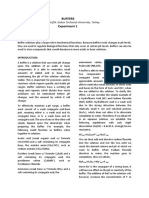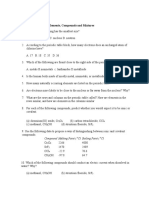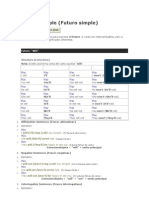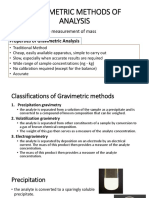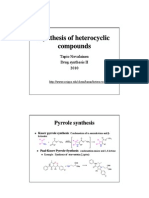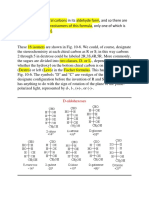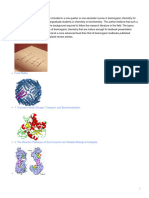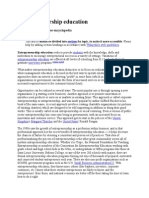0% found this document useful (0 votes)
524 views48 pagesProduction of Amino Acids (Glutamate)
This document discusses the production of amino acids, focusing on glutamic acid (MSG). It covers:
- The history of glutamic acid production starting with extraction from plants in 1908 and shifting to fermentation in the 1950s.
- Current worldwide consumption and production levels of amino acids including glutamic acid, with annual growth rates of 4%.
- The major uses of glutamic acid including as a flavor enhancer, in nutritional supplements, and various medical and pharmaceutical applications.
- The general fermentation process used to produce glutamic acid including the strains, growth conditions, and downstream purification steps to obtain the crystalline powder product.
Uploaded by
Shiv SiddhCopyright
© Attribution Non-Commercial (BY-NC)
We take content rights seriously. If you suspect this is your content, claim it here.
Available Formats
Download as PPT, PDF, TXT or read online on Scribd
0% found this document useful (0 votes)
524 views48 pagesProduction of Amino Acids (Glutamate)
This document discusses the production of amino acids, focusing on glutamic acid (MSG). It covers:
- The history of glutamic acid production starting with extraction from plants in 1908 and shifting to fermentation in the 1950s.
- Current worldwide consumption and production levels of amino acids including glutamic acid, with annual growth rates of 4%.
- The major uses of glutamic acid including as a flavor enhancer, in nutritional supplements, and various medical and pharmaceutical applications.
- The general fermentation process used to produce glutamic acid including the strains, growth conditions, and downstream purification steps to obtain the crystalline powder product.
Uploaded by
Shiv SiddhCopyright
© Attribution Non-Commercial (BY-NC)
We take content rights seriously. If you suspect this is your content, claim it here.
Available Formats
Download as PPT, PDF, TXT or read online on Scribd
/ 48




